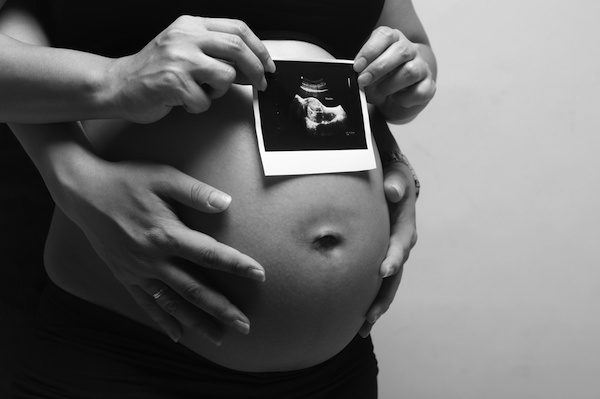
WEDNESDAY, Jan. 29, 2014 (HealthDay News) — Less than half of children and young adults who undergo treatment for anxiety get long-term relief from their symptoms, a new study finds.
The study “suggests the need for more intensive or continued treatment for a sizable proportion of youth with anxiety disorders,” said Dr. Victor Fornari, director of the division of child/adolescent psychiatry at North Shore-LIJ Health System in New Hyde Park, N.Y. He was not connected to the study.
The research was led by psychologist Golda Ginsburg of the Johns Hopkins Children’s Center in Baltimore. Her team tracked 288 patients, aged 11 to 26, who were diagnosed with anxiety and underwent treatment for three months. Treatment included drugs, cognitive behavioral therapy or a combination of the two. After treatment, the patients were followed for an average of six years.
Only 47 percent of the patients were anxiety-free by the end of the follow-up period, Ginsburg’s team said, and nearly 70 percent needed some form of occasional mental health treatment in the years after their initial therapy.
The risk of anxiety relapse was not affected by the type of original treatment, which suggests that all three treatment methods have the same level of effectiveness, the researchers said.
Another expert said the findings reflect the challenges of treating anxiety in the young.
“The study underscores the chronic nature of psychiatric illnesses and illustrates the importance of the pressing need to study and support mental health treatments across the age and demographic spectrum,” said Dr. Aaron Krasner, adolescent transitional living program chief at Silver Hill Hospital in New Canaan, Conn. “Anxiety, a common condition by most epidemiologic estimates, is understudied and undertreated, especially in the pediatric population,” he said.
The study, published online Jan. 29 in the journal JAMA Psychiatry, found that girls were nearly twice as likely as boys to relapse. Being part of a stable family with well-defined rules and greater levels of trust, where families spent quality time together, helped to reduce a youngster’s risk of relapse, the study found.
“To a child and adolescent psychiatrist who works day in and day out with anxious children and their sometimes anxious parents, this makes a lot of sense,” said Krasner. “Based on this finding, I hope that greater attention to understanding and treating troubled families is increasingly incorporated in routine anxiety treatments for children and young adults,” he added.
Ginsburg’s team believes their findings also highlight the importance of close follow-up and monitoring of symptoms among children, teens and young adults who’ve been treated for anxiety, even if they seem to be getting better.
“Our findings are encouraging in that nearly half of these children achieved significant improvement and were disease-free an average of six years after treatment, but at the same time we ought to look at the other half who didn’t fare so well and figure out how we can do better,” Ginsburg, who is also professor of psychiatry at the Johns Hopkins University School of Medicine, said in a Hopkins news release.
“Just because a child responds well to treatment early on, doesn’t mean our work is done and we can lower our guard,” she added.
Fornari said that the effectiveness with which anxiety issues in childhood are diagnosed and treated can have implications across the life span. “Pediatric anxiety disorders may be the most prevalent mental health problem in children and adolescents, and can cause significant impairment,” he said. “They may also serve as disorders that may predict adult psychiatric problems.”
According to the study authors, anxiety affects about one in five children in the United States and can lead to depression, substance abuse and poor school performance.
More information
The American Academy of Child & Adolescent Psychiatry has more about children and anxiety.
Copyright © 2024 HealthDay. All rights reserved.

